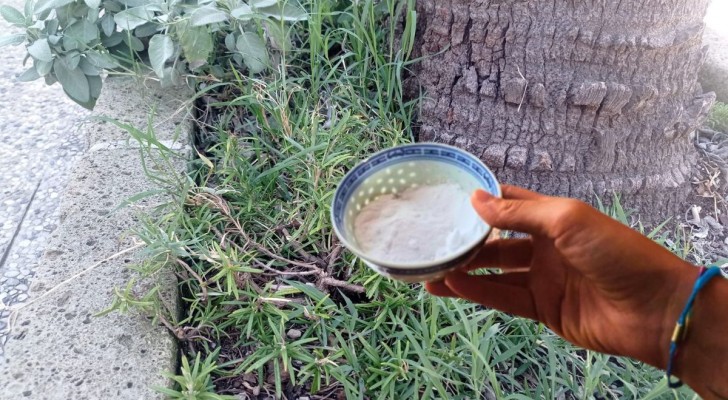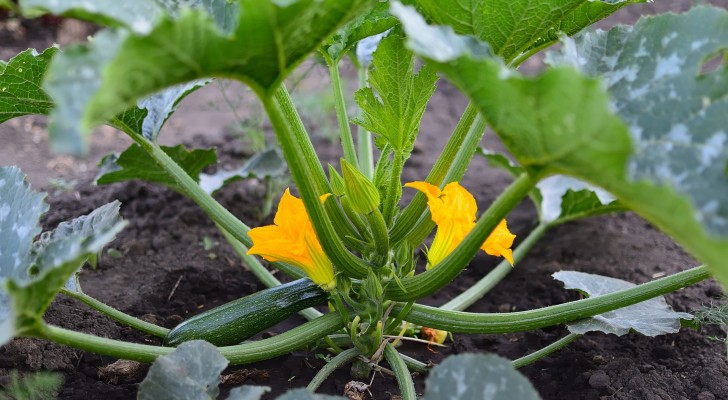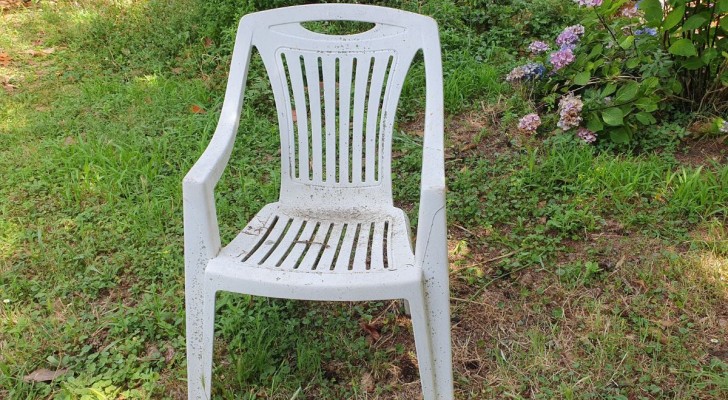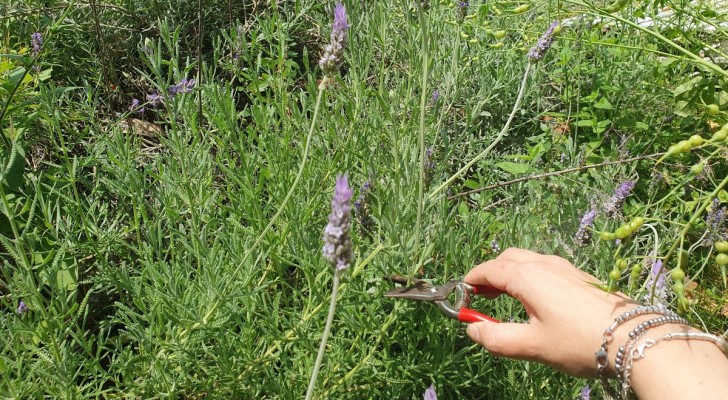All crazy about succulents: how to grow them best and the most common mistakes to avoid

Succulent plants, or those that we improperly call succulents, are one of the most loved plant families for interior design, but many varieties also find space in the garden, if we guarantee the necessary precautions.
In addition to having a thousand different shapes and colours that make them perfect for compositions of many types, even arranging them in recycled objects such as shoes or old crockery and more, their success lies in the fact that they are often really easy to grow plants. They don't require too much soil, they usually grow rather slowly, you don't need to water them often or worry about periodic pruning. In short, they are the perfect plants for those who have little time to devote to the care of greenery, even for those who believe they have a black thumb.
However, believing that they are completely self-sufficient or that what is perhaps good for cacti also applies to all other plants is not correct: aloe, sansevieria, the many types of sedum, crassule, echeveria are all botanical families that are part of the genus of succulents, of which cacti are therefore only a group, albeit very large and diversified inside.
Some succulents are native to desert places, others are found on the slopes of mountain ranges: the range is very wide, and consequently their needs also change a lot depending on the plant we are facing. It is therefore essential to know exactly the identity of the plant we want to grow at home and to get a little information so as not to make mistakes. In most cases, however, succulent plants have a series of common characteristics and needs which, if known and respected, allow them to be successfully cultivated.
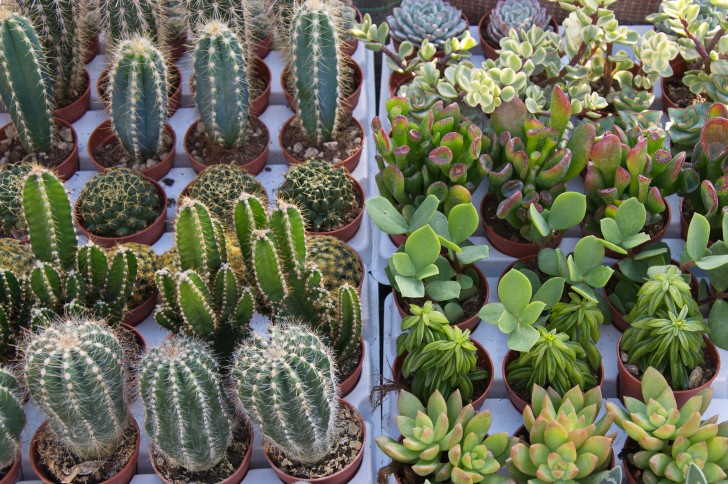
Exposure
Succulents are nearly all sun-loving plants, and in abundance. In their natural habitats they are exposed to the sun's rays for many hours a day (on average, 12), so the first thing to ensure at home - or in the garden, for those who live in suitable places - is to ensure exposure in full sun. .
Therefore, choose the rooms with windows facing south, without too many external obstacles that filter or obstruct the sunlight; it will in fact be difficult to successfully grow plants that remain in the shade for too long. In the case of plants that develop long stems, you will notice that these will tend to bend to seek the sun: the more oblique they are, the more the plant will be trying to reach the sun's rays.
In these cases, if you cannot move it to a sunnier spot, you can rotate the pot every few months in order to slightly compensate for the direction of growth.
Some plants also make it clear if the light and temperature conditions are suitable: in the case of too little light, the stems tend to thin and become more fragile, while exposure to cold causes surface wounds on some species. In the latter case, unfortunately, the plant is not recoverable. So always find out before what are the ideal temperatures but also the minimum tolerated.
Irrigation
The most famous feature of succulent plants is that they do not need a lot of water and indeed resist long periods of drought. This means that they do not have to be watered often, because they are very afraid of prolonged water stagnation, which leads to root rot with consequent rapid, and often irreversible, deterioration of the plant itself.
However, it is also true that there is no plant that does not need a little water, so you cannot forget it for too long. Each succulent family will have different needs: some go on for months without water, others instead only for several days, and the frequency of irrigation changes anyway during the year depending on the temperatures, humidity and hours of light available.
But when the time comes to water, you don't need to be parky: even the cacti in the desert receive rain infrequently, but when it happens it is a torrential precipitation. So instead of pouring a trickle of water in, pour a generous amount, stopping when you see it come out of the jar, and let it flow. Never use saucers, which will retain too much moisture around the roots.
After that, put the plant back in its place, and go back to watering only when the soil is really completely dry, or even a few days later.
If you begin to see yellowish spots appear, it is generally a sign of excess irrigation, which will be suspended until you see that the color returns to the original one.
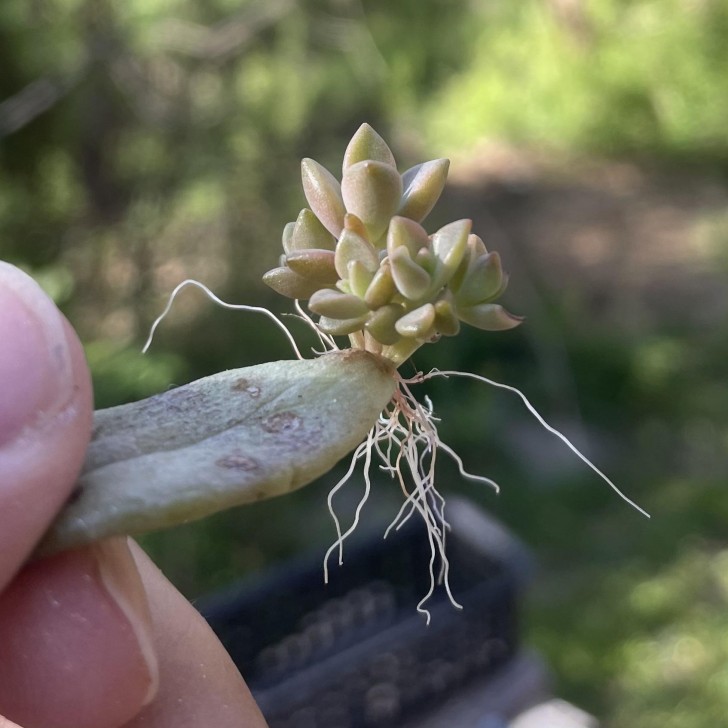
Ground
The fact that sometimes, at the time of purchase, the plants are buried in universal soil should not be misleading: the extraordinary nature of succulents lies in the fact that they have evolved to survive in extremely difficult environmental conditions, that is, in the most inhospitable places for the most part. part of the life forms on the planet. A normal, rich and basically humid soil is not suitable at all.
These plants are structured to store water and nutrients inside them for long periods, when the soil in which they grow is almost always dry. For this reason, a similar condition must also be created at home, with a porous soil, which absorbs water quickly but is also able to dry quickly.
To prepare your soil for succulents, start with one that is only slightly acidic, very light and porous, and mix it with an equal amount of untreated sand, coarse enough to facilitate drainage. You will then have to add perlite or pumice, in an amount equal to half the soil (or sand): the first is a light fertilizer, which looks like polystyrene balls, and prevents the soil from becoming too compact. If you can't find any, pumice is a good substitute. Mix these components well by hand, and if you want, add a few handfuls of pine bark or peat, which always serve to lighten the soil and ensure fast drainage.
How to plant them
No plant likes to be planted without the right distance from the others. It is therefore good to leave space between one and the other when creating your sedum or cactus composition. In fact, we must give way to each one to grow, and then by themselves they will find a way to coexist in the various containers.
Furthermore, planting them together facilitates the proliferation of any parasites that affect one of them, and also entails the further disadvantage of not getting water and nutrients to each in a balanced way, due to excessive "competition".
To understand the right arrangement and the type of suitable pots, you need to find out about the maximum dimensions reached by each species, as well as the speed of growth: therefore avoid plants that are destined to become real trees, even within many years, like certain cacti or agave, and consider increasing the size of the pots gradually over time accordingly. Generally, they are repotted once a year for the first few years, and then they get to have to do it every four to five years at the latest until they reach the final size.
Parasites
Succulent plants, in general, are not easily subject to parasites, but depending on the type of problem that should occur, it is preferable to act with the different specific products that can be purchased in gardening stores or online. However, if you would like to try other remedies you can try the ones listed below.
Occasionally you may notice the presence of some insects, such as midges. These are often a sign of poorly drained and therefore moist soil. So, first of all you need to stop watering and put the plant even more in the sun. You can also spray a little 70% isopropyl alcohol on the ground, to eliminate insect larvae. The best solution, however, would be to remove the plant from the pot and change the soil, making sure that the new one is lighter and more draining. In fact, when repotting is carried out, it is possible to check the situation of the roots well, possibly identifying a beginning of radical rot, so as to better understand how to act.
Another category of parasites that can attack succulents are scale insects, which are also attracted by excessive irrigation (or fertilizer). Then isolate the plants that are infected by them, separating them from the others nearby, and spray the spots where you see the parasites with isopropyl alcohol.
Furthermore, there may be aphids, which are particularly harmful as they feed on the sap of plants by attacking the more tender parts such as buds or flowers. A truly ecological way to eliminate them is with ladybugs, their natural predators. You can find them in well-stocked garden centers or farms, or by doing some research online for companies that deal with ecological methods of prevention and care of plants
It seems that even snails and snails are greedy for the leaves and stems of certain succulents, and there are those who place a bowl with brewer's yeast near the plant to keep them away.
Furthermore, it can happen that the roots of succulent plants are affected by nematodes, small worms that are often difficult to identify and lead to the death of many different plants. The nematodes, in fact, form nodules in the roots that cause them to die, and therefore stop the growth of the plant. However, since succulents are slow to grow, it is difficult to know when these animals are present. To eliminate them you can extract the plant, put the roots bare with great delicacy, freeing it of all visible worms, which will then be burned.
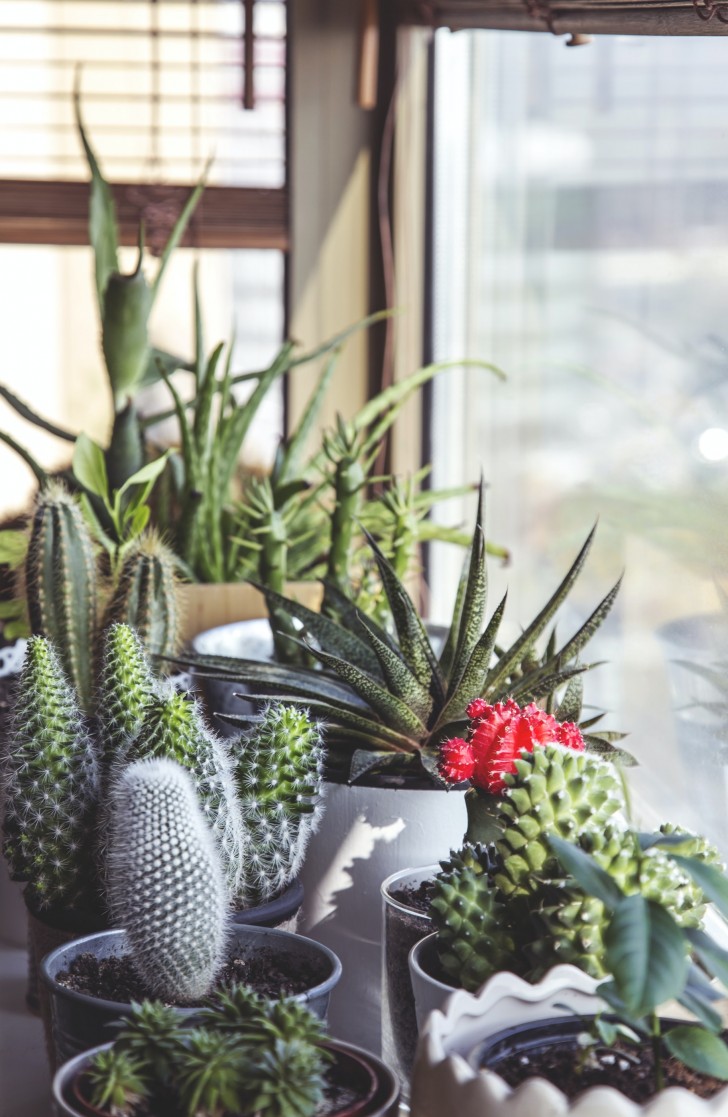
Growing succulent plants, therefore, is simple when you know which specimen to deal with: if you can immediately guarantee the right exposure and plant them in the right substrate, the care of these plants will be easy and satisfying!
